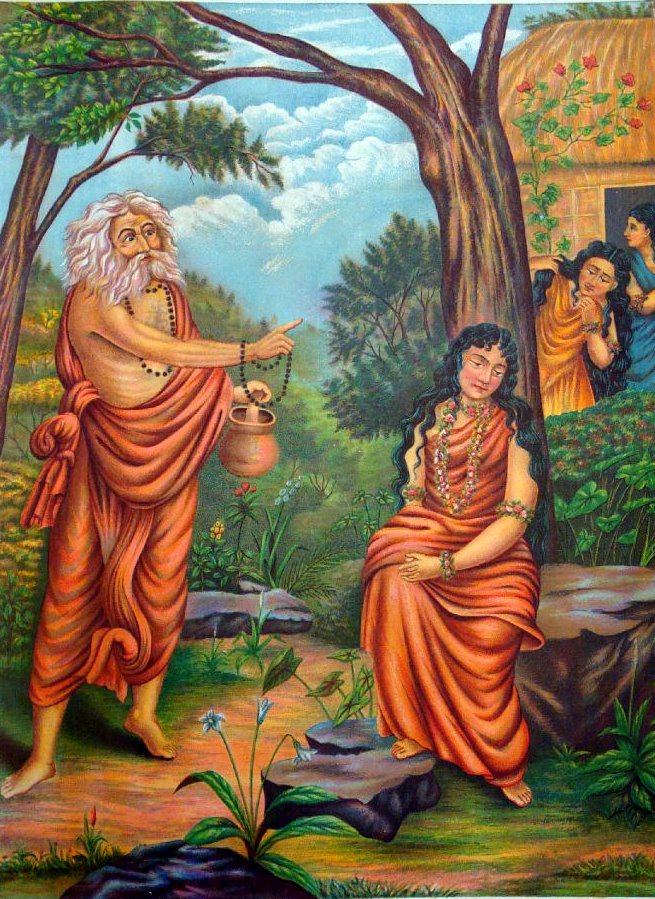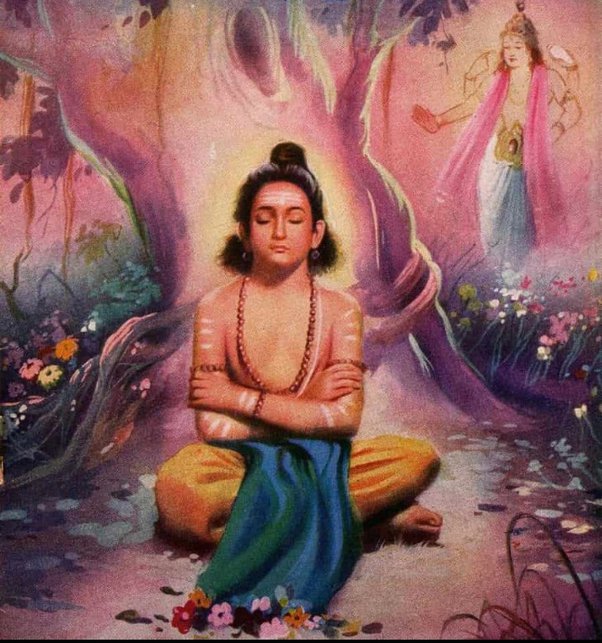
The story of Sage Durvasa: Characters and Themes
In Hindu mythology, Sage Durvasa is known for his short temper and quick-to-anger nature. He is often depicted as an unpredictable and powerful sage who can cause great destruction with his curses. The story of Sage Durvasa is full of characters and themes that hold great significance in Hinduism.
Sage Durvasa is said to have been born from the sweat of Lord Shiva, and he is considered to be one of the greatest sages in Hindu mythology. He is known for his ascetic practices, deep knowledge of the Vedas, and his ability to perform miracles. However, he is also known for his anger, which can lead to terrible consequences.
One of the most famous stories involving Sage Durvasa is the story of his encounter with Ambarisha, a king who was devoted to Lord Vishnu. According to the story, Ambarisha was performing a yajna (a sacred ritual) in honor of Lord Vishnu, and he invited Sage Durvasa to attend the yajna as a guest.

Sage Durvasa accepted the invitation, but he became angry when he found that Ambarisha had started to break his fast before Durvasa had finished his own rituals. In a fit of anger, Sage Durvasa cursed Ambarisha, causing Lord Vishnu to intervene and protect the king from the curse.
This story is often seen as a cautionary tale about the dangers of anger and the importance of maintaining control over one's emotions. It is also seen as an example of the power of devotion and the protection that can be offered by the gods to those who are devoted to them.
Another important theme in the story of Sage Durvasa is the relationship between gurus (teachers) and their disciples. Sage Durvasa is often seen as a guru who is capable of great wisdom and knowledge, but who also demands a great deal of respect and devotion from his disciples. In Hinduism, the relationship between guru and disciple is considered to be one of the most important relationships in a person's life, and it is seen as a key factor in the attainment of spiritual enlightenment.

The story of Sage Durvasa also touches on the themes of karma and destiny. According to Hindu belief, every action that a person takes has consequences, and these consequences can determine a person's future. The story of Sage Durvasa is seen as an example of how one's actions can have far-reaching consequences, even if those actions were taken in a fit of anger or frustration.
Finally, the story of Sage Durvasa is also seen as a reminder of the importance of humility and self-control. Sage Durvasa's temper and quick to anger nature serve as a warning against arrogance and pride, and his demands for respect and devotion remind us of the importance of treating others with kindness and compassion.

In conclusion, the story of Sage Durvasa is a rich and complex tale that touches on many of the key themes and characters in Hindu mythology. From the importance of devotion and humility to the dangers of anger and pride, the story of Sage Durvasa offers important lessons and insights for Hindus and non-Hindus alike.
Author
Darshita Nautiyal
(The images used in this podcast are not owned by Anime Devta, they are just to help the readers)

